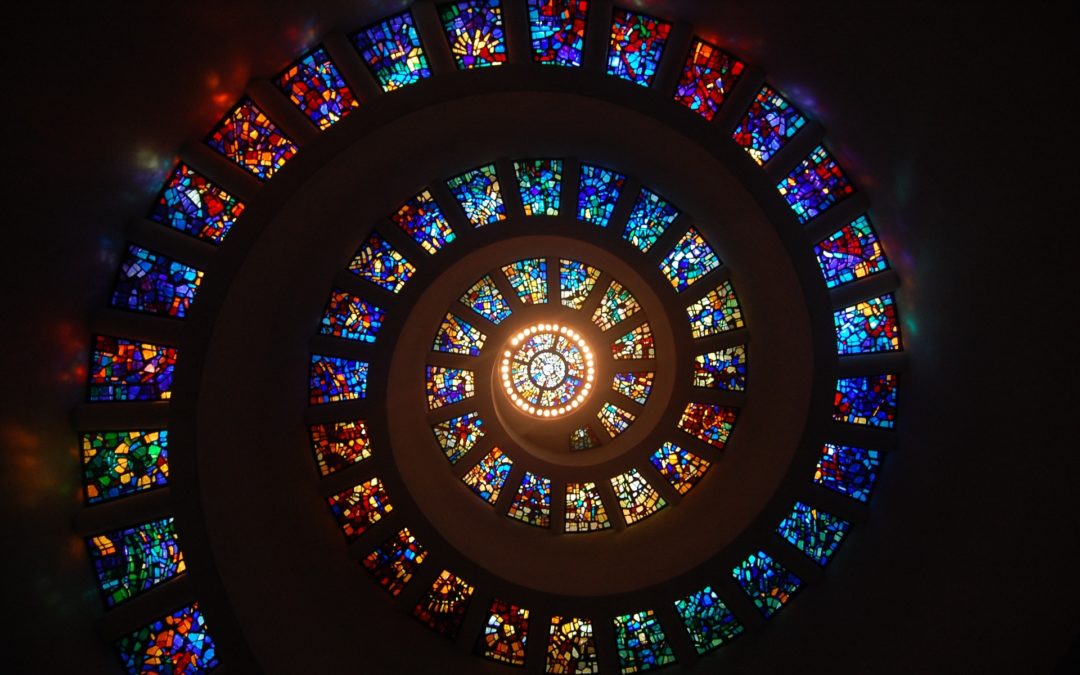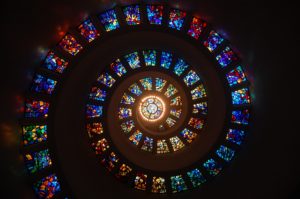
The History of Religion
History of religion and moving beyond
Religion is the way humans make sense of the experience of forces beyond their control and stories and practices that accumulate into a religious culture that can be passed down through generations. In early life, we attempted to save ourselves from these forces like the weather and animals. This resulted in many religions with their unique cultures, traditions, rules, dogmas and practices. These religions are attempts to describe “the light” we know in our hearts to be true through stories.
“the light” we know in our hearts to be true through stories.
Rabbi Ariyeh Hirschfield, the founder of Congregation P’nai Or, a dear friend of Christ the Healer once said “The Jewish Prophets took all the light from the Torah and distilled it; Jesus distilled all the light from the prophets.” Spiritual evolution means we continue to distill the light we find. The light that we recognize, that illuminated all the spiritual yearning and cultures of all primitive humanity, that twinkles in all great religions, shines forth brilliantly in the great demonstration of Jesus of Nazareth who is at the center of history. This does not invalidate any other spiritualities because God is God by any name, and light is light, wherever you find it. Humans are one family or kin. This is why the members of Christ the Healer follow Jesus.
Shared unity of light and fundamental change
Many of us experienced faith and religion growing up that felt very dark and heavy. Often, this was due to a fundamentalist belief that we eventually abandoned this later in life. Or, our beliefs somehow feel limiting and we know there is something “more”. Christianity was born into the Greco Roman Culture of the Roman Empire which was much more realistic than Judaism and posited a divide between mind and body with the mind or spirit being the most important. This is why, for instance, some Christian traditions denigrate the body with extreme ascetical practices and teachings and also denigrate the value of nature, women, children, and animals. At Christ the Healer, we fundamentally believe in continuous growth and improvement, beyond our limitations and current understandings, ever-changing to become all that is Christ. The way of Christ is to hold all of these things together for wholeness in body, mind, and spirit. This means the body, the earth, and our higher spirituality.
One of the ways we can begin to grow and get unstuck is through a defined system that encompasses the installation of the mind, body, and spirit of Jesus which we have termed The Compass Way. By understanding what is happening in our bodies by the effects of our feelings, judgments, biases, and beliefs, we can begin to recognize those that serve us and connect us to the greater good. And we come to see how these things divide and hurt us. Then, we learn how to make new choices that unify, heal and help us and others grow.
